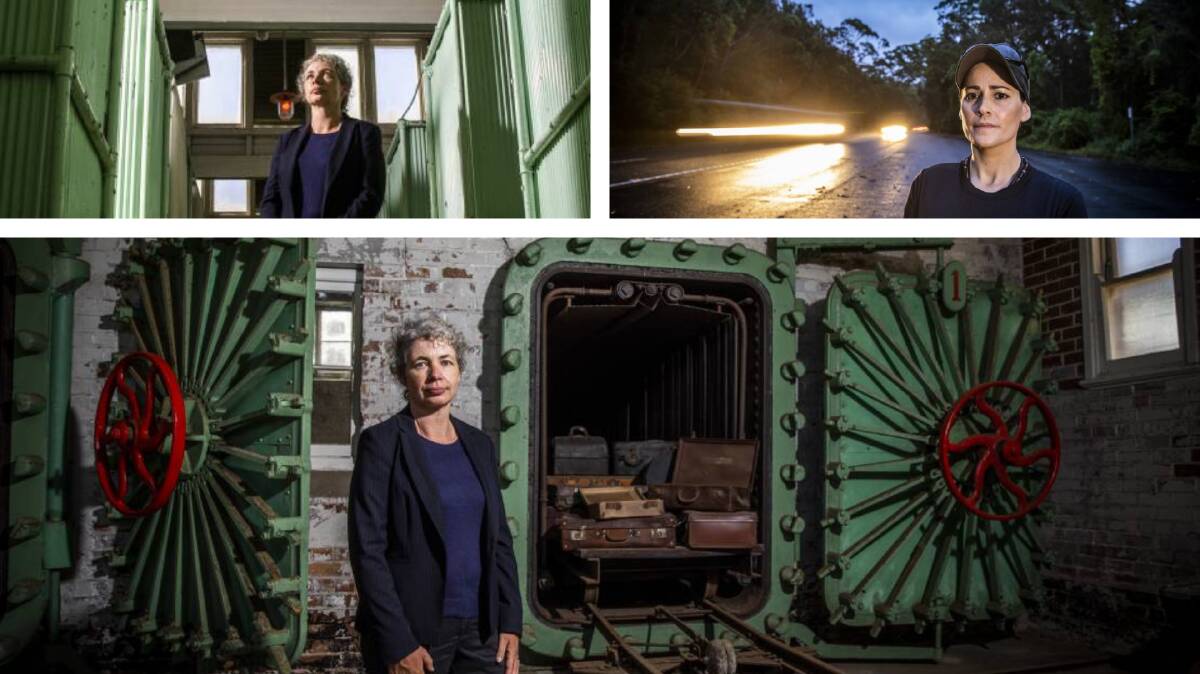
They're the subject of tales, movies, whispers in the dead of night and urban legends, but just how true are ghosts?
Subscribe now for unlimited access.
or signup to continue reading
There's a few well-known haunted spots on Sydney's Northern Beaches - the Quarantine Station and Wakehurst Parkway. The area has its fair share of grisly tales and horrific murders that have become tied together, with one filmmaker believing that a well-known ghost might actually be tied to a real missing person.
The Q Station at North Head is obvious as a haunted location - from 1828 to 1984, it was home to many thousands of people who were forced into quarantine upon arrival into Australia. Conditions, especially in the early days, were primitive and treatments to help the sick often involved products that are now known carcinogens. Ghost tours are hugely popular at the Q Station and in pre-COVID days thousands of people flocked there each month to learn more, be scared and see ghosts.
The tales around the Wakehurst Parkway are less clear. The 14.6 kilometre road that runs from Narrabeen to Seaforth has been the site of a murder, a decaying body and where discarded items were found that belonged to a murdered boy. The road is also where two ghosts are said to haunt.
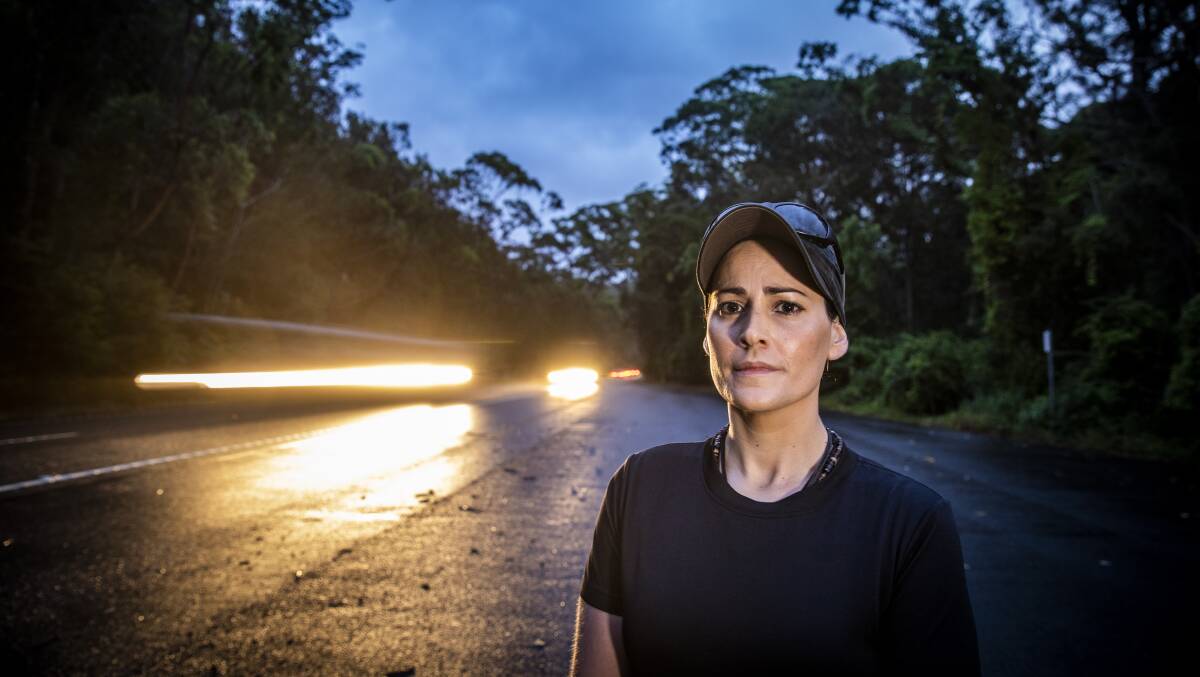
In 1995, the body of Frances Tizzone, 21, was found dumped off Wakehurst Parkway at Frenchs Forest, with a post-mortem revealing the Macquarie University student has been strangled or suffocated. In 1994, at Deep Creek Reserve, Stephen Dempsey was fatally shot with a high-powered compound bow and then dismembered. In 1960, the belongings of Graeme Thorne, 8, were found on the side of the road; the boy's body was later found in Seaforth.
Dee Why filmmaker Bianca Biasi grew up on the northern beaches and said her days of acting on Home and Away inspired her to get into filmmaking. She is currently filming the second season of her documentary, The Space Between. Season one focused on the Q Station's hauntings, season two will tell the stories and hauntings around Wakehurst Parkway.
Ms Biasi said the road is a place of great trauma and that trauma has an impact on what happens next. "It's not only trauma within, it's places that have experienced mass trauma, those places have a very specific feel to them," she said.
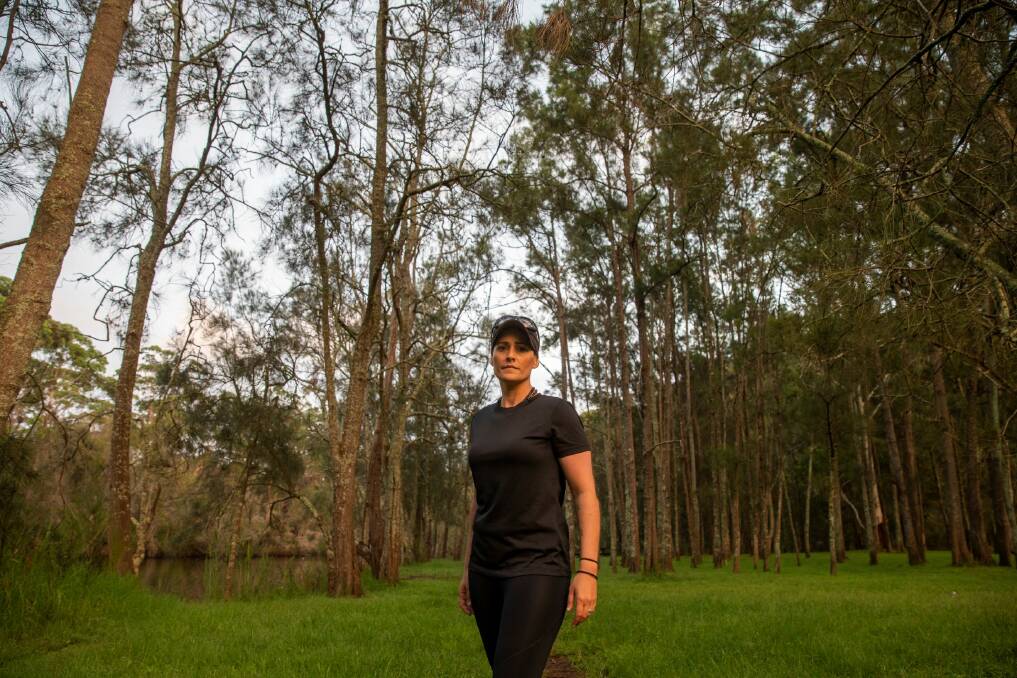
While some people call them ghosts or spirits, Ms Biasi calls them energy. "We're all energy and energy can't be destroyed and it doesn't die, so what happens when we die?," she said. "Energy that experiences trauma leaves an imprint or an echo. A lot of people are fearful of these experiences. I think it really depends on your belief system and background. There's a lot of different views on what these unexplained things are."
Ms Biasi said there is often a logical reason why something happens and during her research for her documentary she's looked to dispel myths with logic, but that is not always possible.
Links to a real life missing person case
There are said to be two ghosts on the Wakehurst Parkway, with sightings of the first one beginning around 40-50 years ago. It's a woman in her 20s or 30s who dresses in period clothing from the 1800s. Ms Biasi said a separate ghost sighting of a female aged in her late teens or early 20s, with distinctive eyes and wearing a light coloured 'hippy' style dress may just be true.
Witnesses unknown to each other have given the same description of the young female and sightings of her along the Wakehurst Parkway began in the early 2000s. This ghost is known as Kelly, but Ms Biasi is yet to establish how and why that name has been associated with the ghost.
At night some motorists see Kelly at the side of the road and, realising they've passed a woman alone in the dark, they look in their rearview mirror to try and spot her. Suddenly that spirit is in the back of their car; they can see her distinctive eyes close up in the mirror, but upon turning around she's gone.
During research and filming for her documentary, Ms Biasi has interviewed witnesses and psychics about their experiences with the Parkway ghosts.
"Probably about 90 per cent of people I don't believe, but about 10 per cent I'm going to explore," she said. "That 10 per cent have all had the same experiences, but they don't know each other. I'm someone who will try to come up with a logical explanation for everything, but sometimes there's just too many coincidences."
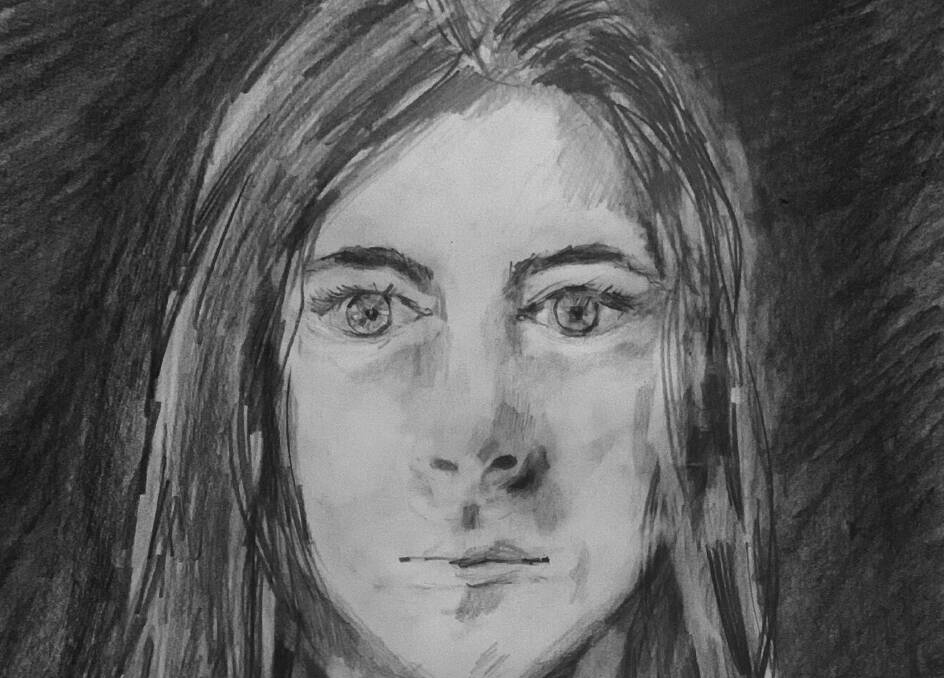
Three psychics, including one who has worked for NSW Police, have lent their expertise to the documentary and all have pointed out the same location where they believe the real missing person linked to the Kelly ghost is buried.
"I've narrowed it down to two possible girls, girls who are missing," Ms Biasi said. "Three separate psychics have identified the same missing person."
She said the missing person disappeared in the early 2000s and is not from the northern beaches. Ms Biasi would not confirm if she was from Sydney, only to say she was Australian and was possibly hitchhiking at the time she was killed.
Ms Biasi said the parents of both missing girls are still alive and declined to name her. "We would have to have unequivocal evidence to even think about making her name public," she said.
Q Station's ghostly tales
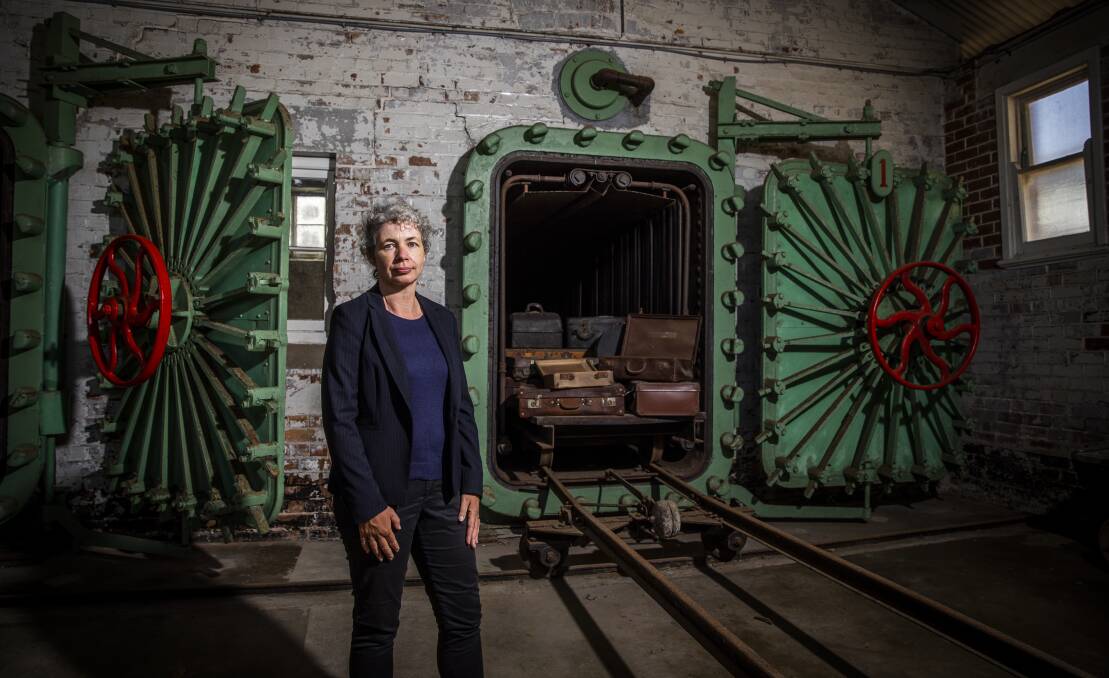
It may have started out as sacred ground for Aboriginal people, but the Q Station has since become known for its ghostly tours.
For 156 years anyone who was sick when they arrived into Australia was sent to the Quarantine Station. Thousands of people went there, some for weeks and others for months. In all, 581 people died at the site and their bodies still rest there.
The site's history and hauntings have become a mecca for tourists with ghost tour participants reporting spooky sightings, feelings and events during their visit.
There's a wide range of reasons why people join a ghost tour here, Q Station visitor services manager Helen Drew said.
"Some do it to learn about history," she said. "Some people come because they want to terrify themselves and the people they're with. Some just believe in ghosts."
The first quarantine was in 1828 when the ship the Bussorah Merchant arrived. While the last ship sent here arrived in 1973, the site didn't officially close as a quarantine station until 1984.
"In 1828 it was literally tents on the beach, but then the Lady Macnaghten came in 1837 and that was the catalyst for the built environment. There was 444 people on it when it left Cork, 56 died on the way and 17 died in quarantine," Ms Drew said.
Ms Drew admits working at the site has changed her.
"I did a science degree and I came in thinking no, I was not a believer. But, the site has converted me. It's an unsettling place when you're here," she said.
"I think they [ghosts/spirits] haven't been able to move on and they're cau ght in that time warp between being alive and dead. I think it might be all the emotional turmoil."
The most haunted locations are the shower block, hospital, morgue and gravedigger's cottage.
Why do we tell ghost stories?
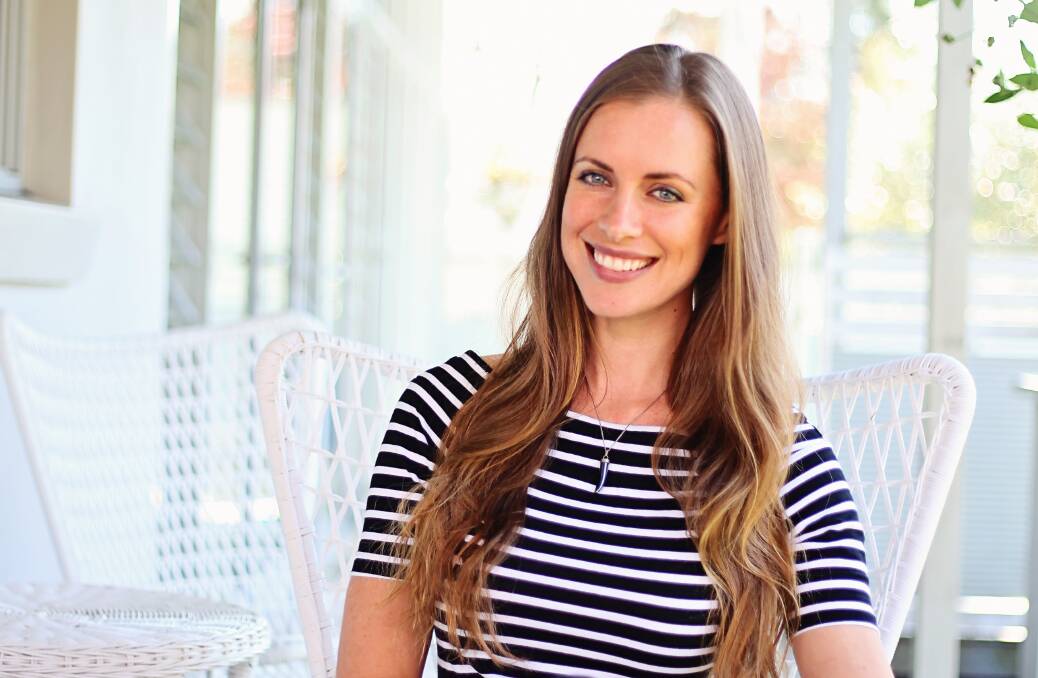
"They remind us of our own mortality and they offer us a hope of life beyond the grave," researcher into the gothic and supernatural Dr Kirstin Mills says.
Unlike a yeti or the Loch Ness monster, Dr Mills said ghosts and spirits are within the bounds of "almost possible".
"Sceptics can even be drawn to it," she said. "Ghost stories are a safe and colourful little spell of time and they're within boundaries. We get to feel a bit of fear within the boundaries. It activates our sense of danger and curiosity.
Trauma anchors a spirit to a place and they're not able to move on.
- Macquarie University researcher into the gothic and supernatural Dr Kirstin Mills
"A lot of folk law and literary ghosts are animals, even the headless horseman is part man and part horse. Black dog ghostly spirits are quite common in the UK."
The lecturer and faculty director at Macquarie University said her research shows ghost stories are cross-cultural and many people believe ghosts are here due to unfinished business. "Trauma anchors a spirit to a place and they're not able to move on," she said.
Dr Mills said she has an open mind to whether or not they are real. "I have an open mind, I'm intrigued by them and I hope they're real," she said.
Beware the showers
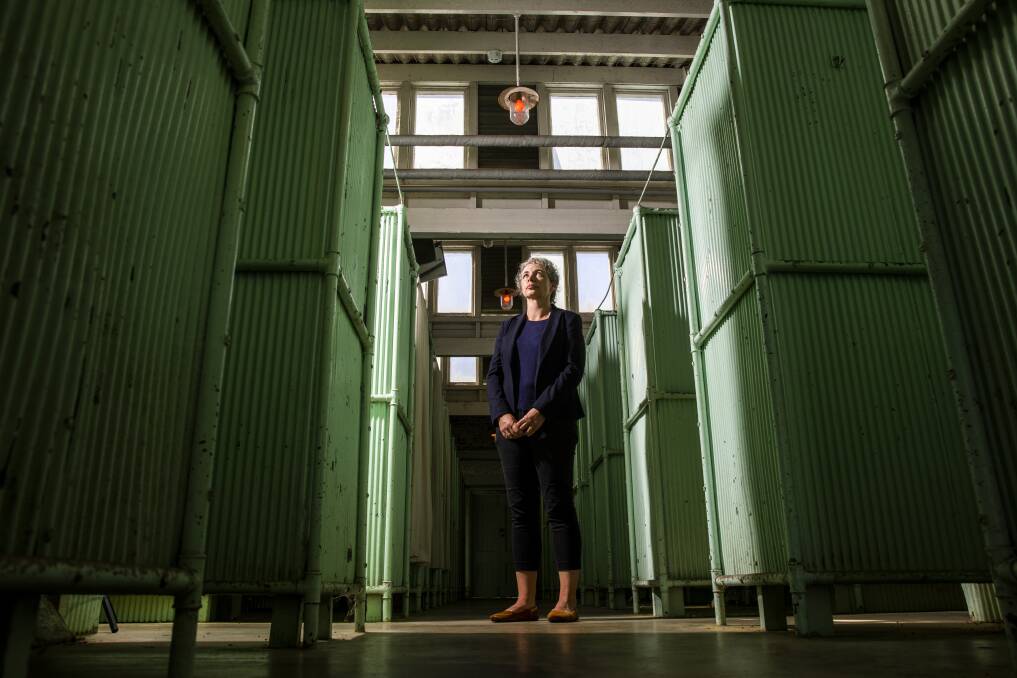
Beware the cool breath on the back of your neck as you enter the old shower block at the quarantine station. Ghostly figures patrol this area and many believe they once worked there. With so many sick people there was a need for many doctors but one, legend says, would spy on you as you showered. "He stands behind people and they often feel a breath on the back of their neck while they're in the shower blocks," Mr Snowsill said of the experience of many tour attendees.
Another ghost haunt the showers in a quarantine officer's uniform. "He patrols one or two of the corridors in the shower block. He doesn't hurt people, but he puts the wind up them". Some people call him William, but he's also known as Harold and he's often seen wearing workman's boost and grey trousers.
Gravedigger's rounds
Being a gravedigger is a ghostly job and Sam, who once dug graves during quarantine days, still haunts a building known as the 'gravedigger's cottage'.
"Some of the ghosts in that cottage seem to have their own territory, Sam is all over the building. Sometimes he's near the back door and sometimes he's in the front room," tour guide Snowsill said.


